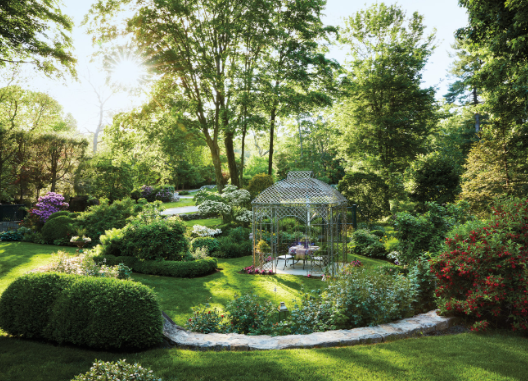Landscape Garden Architecture: Designing Spaces That Inspire
Landscape garden architecture merges art with nature, creating outdoor spaces that enhance our connection to the environment. As more people seek to bring nature into their lives, understanding the principles and benefits of landscape architecture is essential for homeowners, designers, and enthusiasts alike. In this article, we’ll explore the essential elements of landscape garden architecture and the impact it can have on our daily lives.
The Elements of Landscape Design
Successful landscape garden architecture begins with key design elements such as plants, hardscapes, and natural features. Plants not only add beauty but also provide ecological benefits by attracting wildlife and improving air quality. Hardscapes, like patios, walkways, and walls, create functional spaces that connect the various elements of a garden. Meanwhile, natural features, such as bodies of water or existing trees, can be integrated to enhance the landscape’s aesthetic and ecological value. Mastering these components allows designers to create harmonious outdoor spaces that cater to both visual appeal and functionality.
Sustainable Practices in Landscape Architecture
Sustainability is a growing focus in landscape garden architecture. Eco-friendly practices, including xeriscaping, native planting, and rain gardens, help reduce environmental impact and promote biodiversity. Xeriscaping involves using drought-resistant plants to minimize water usage, making it particularly relevant in arid regions. Choosing native plants fosters a healthier ecosystem since these species are well-adapted to the local climate and require less maintenance. Additionally, incorporating features like rain gardens helps manage stormwater runoff, benefiting both gardens and their surrounding communities. By embracing sustainable practices, we can create beautiful gardens that support both people and nature.
The Benefits of Thoughtful Landscape Design
Investing in landscape garden architecture provides numerous advantages for homeowners and communities. A well-designed outdoor space can increase property value, improve aesthetic appeal, and create inviting environments for relaxation and socializing. Gardens encourage outdoor activity and mental well-being, fostering connections with nature that are essential for emotional health. Moreover, thoughtfully planned spaces can enhance biodiversity, support local wildlife, and contribute to sustainable urban development. Ultimately, engaging with landscape architecture allows us to create vibrant, sustainable environments that enrich our lives and the planet.
In conclusion, landscape garden architecture offers a unique opportunity to blend beauty, functionality, and sustainability. By understanding the essential elements and benefits of this design field, you can transform outdoor spaces into personal retreats that enhance both your property and your quality of life. Whether you’re a homeowner or a budding designer, exploring the world of landscape architecture can inspire you to create lush, inviting environments that resonate with nature. Ready to embrace the beauty of landscape design? Dive deeper into this fascinating topic and start planning your next outdoor project!

